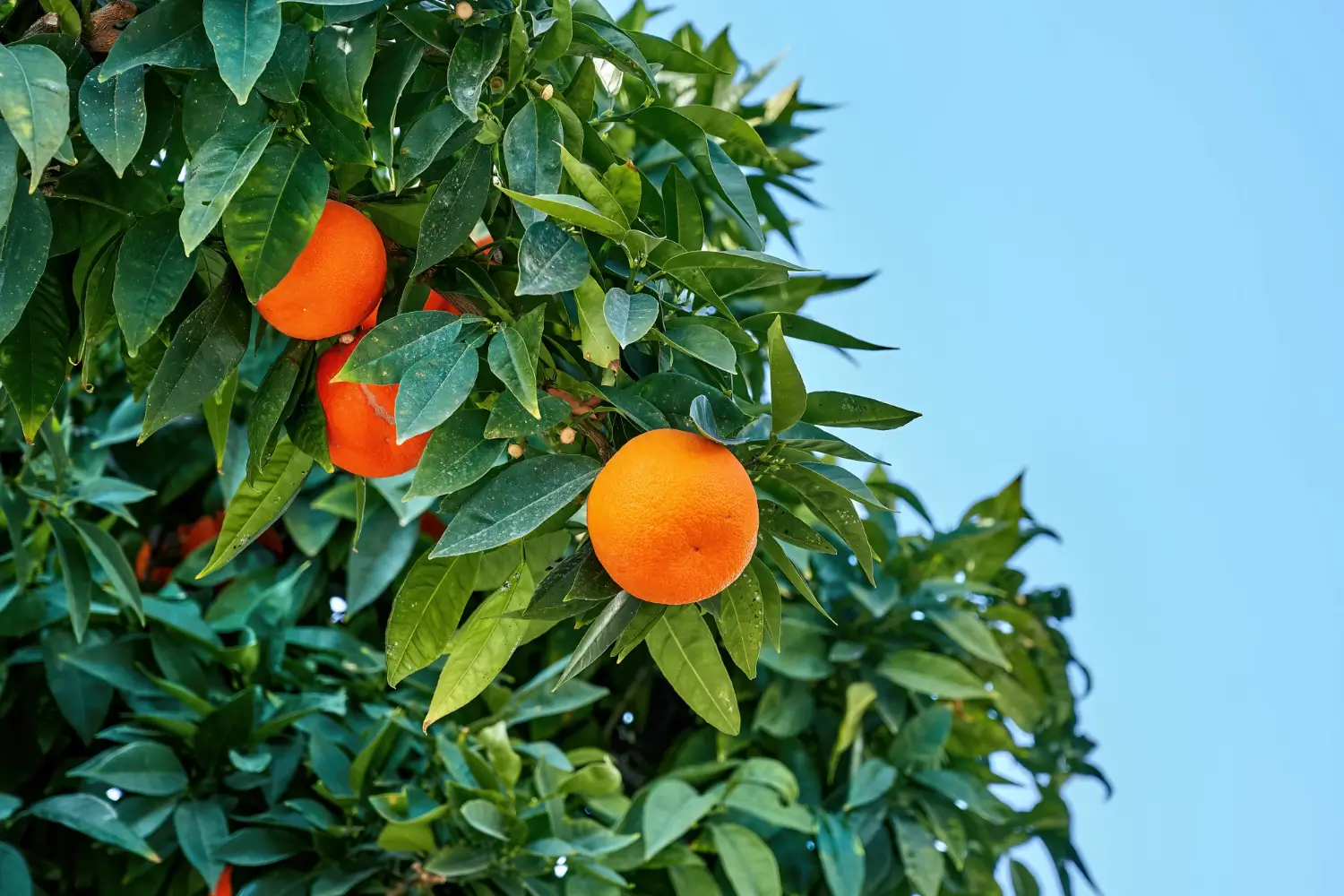
Soil Health & Fertilization
We unite suppliers and green industry professionals worldwide
Ramps, or wild leeks, are one such treasure. These pants with their tender green foliage,pungent, oniony flavor, are cherished in kitchens for generations. Their capacity for thriving in shaded environments makes them a wonderful addition to woodland gar
By Mariam Scott
|Published on June 18, 2025
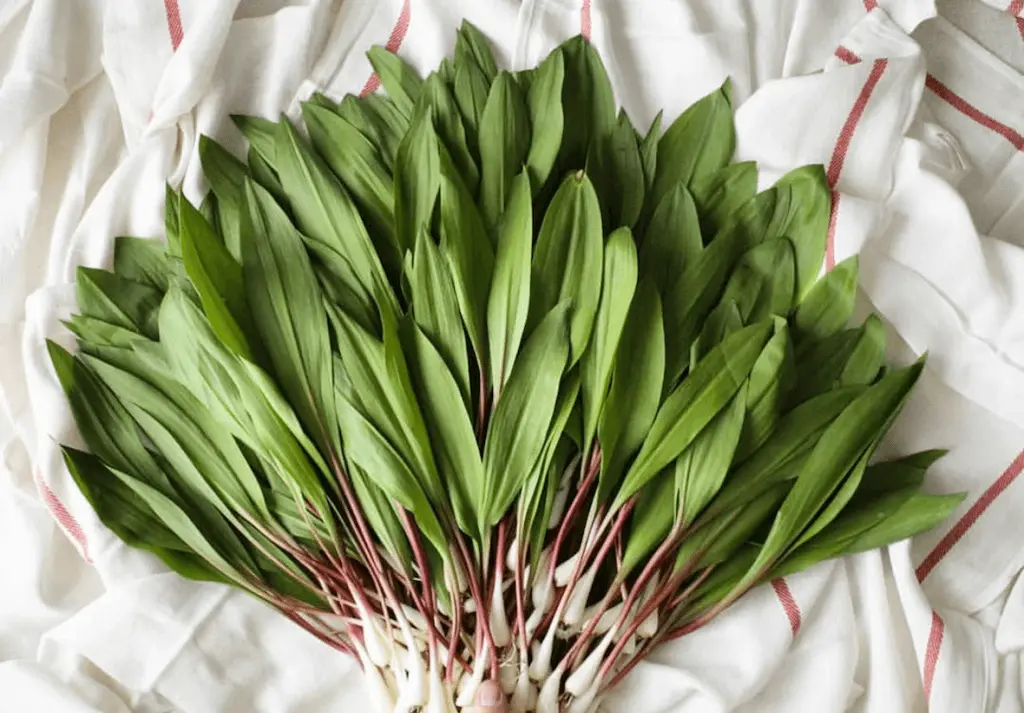

Did you know that some of the most flavorful and unique plants in your garden may come from the wild?
Ramps, or wild leeks, are one such treasure. These pants with their tender green foliage,pungent, oniony flavor, are cherished in kitchens for generations. Found in the wild but increasingly cultivated, Ramps are a native plant of North America that grows in rich, moist forests. Their capacity for thriving in shaded environments makes them a wonderful addition to woodland gardens and shade-loving plant collections.
Ramps, (Allium tricoccum) a wild edible plant, are enjoying some new popularity due to their strong flavor and limited growing range. The plant’s name, “Ramp,” is believed to come from the Old English word “ramson,” which referred to a wild garlic-like plant. Ramps were once an important part of Indigenous diets, historically being consumed fresh in the spring following the long winter months. Their popularity has increased, particularly among foragers and chefs seeking a fresh, wild flavor to add to their dishes.
| Common Names | Ramps, Wild Leeks |
| Botanical Name | Allium tricoccum |
| Type | Perennial wildflower |
| Height/Spread | 12 to 18 inches tall, 6 to 8 inches wide |
| Sunlight Requirements | From partial to full shade |
| Soil | Moist, well-draining, rich soil |
| Watering | Regular watering, moist soil |
| Flowering Period | Spring (April-May) |
| Hardiness Zones | USDA 3–7 |

September 25, 2025
9 minute read
September 24, 2025
9 minute read
September 23, 2025
10 minute read
September 22, 2025
9 minute read


Join as a seller and connect with thousands of B2B buyers nationwide!
Sign Up

Quick Fire Hydrangea
Quick Fire Hydrangea is an early blooming, fiery-toned shrub that brings drama and color to the garden long before most hydrangeas even think about flowering. It comes into bloom as early as late spring, and sets landscapes aglow with frothy white flowers
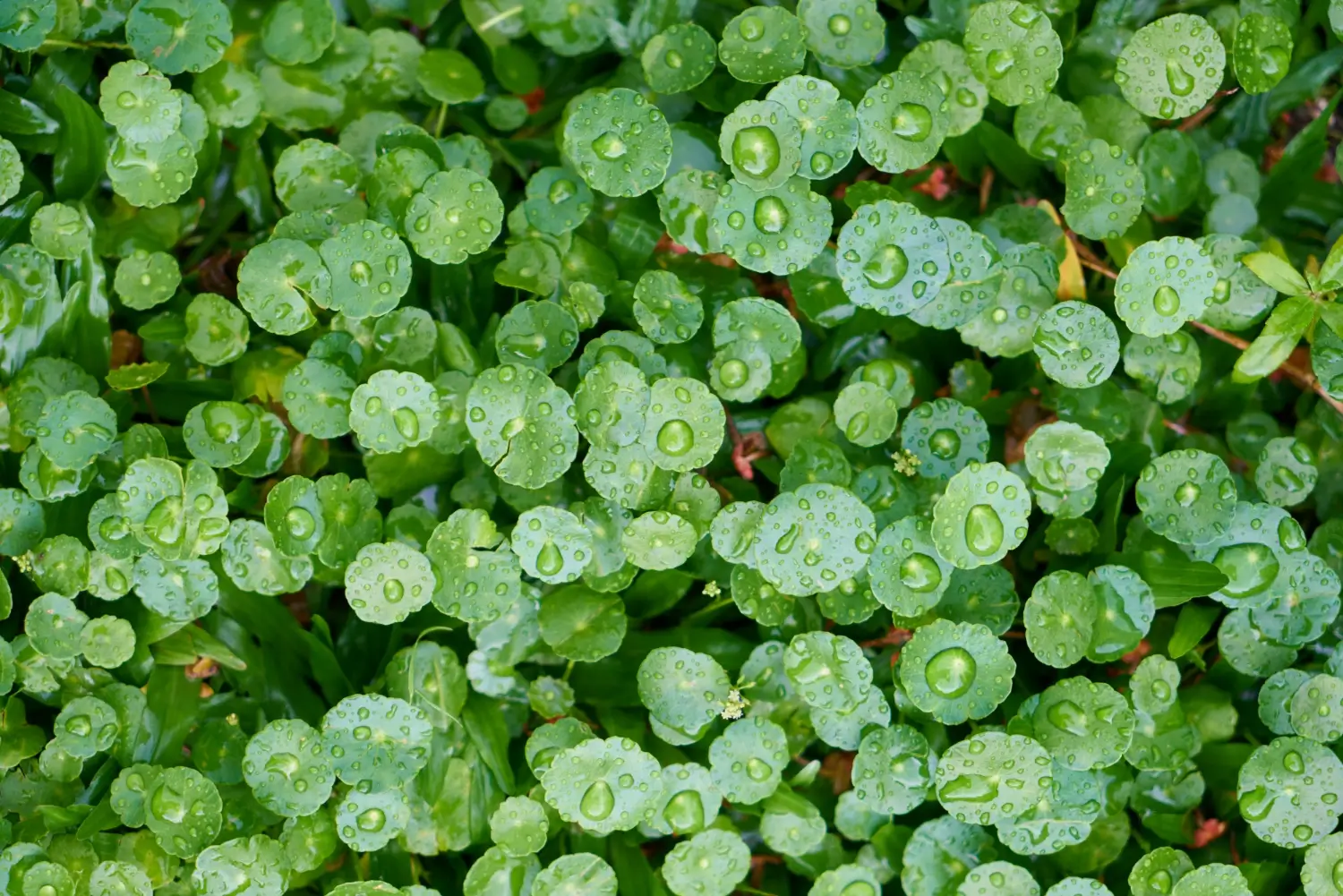
Watercress
A pepper green that’s as spicy as it is fresh
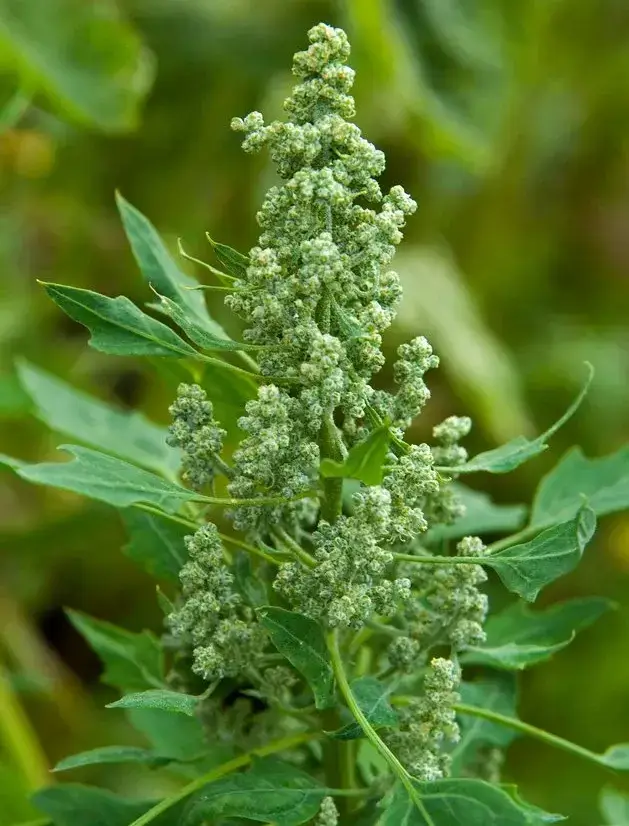
Quinoa
Though a typical grain, quinoa is actually the seed of a flowering plant, and its nutritional profile surpasses those of many real cereals with its high protein, fiber and mineral content.

Xanthosoma
A Tropical Beauty That Delivers Drama With Its Foliage and Lush, Exotic Vibe
Ramps are a bit different from your average garden vegetable; they prefer shade and moist woodland conditions. They need some special attention, but once they are established, they are relatively low maintenance. Understanding their growing conditions is key to growing them successfully.
Ramps prefer partial to full shade and grow naturally beneath the canopy of deciduous trees in the wild. To provide the best of both worlds, plant them where they will be under trees and shrubs that give them that indirect sunlight. Too much sun can burn their leaves and stunt their growth, so it’s crucial to maintain them in a shaded place.
If you are growing them in a garden, they should be planted in the northern or eastern part of your garden, where they will receive some sun in the morning but be cool and shaded in the afternoon.
They like to be grown in moist, rich, well-draining soil. Native to North America, ramps like slightly acidic to neutral soil — a pH of about 5.5 to 6.5. Make sure the soil is high in organic matter by mixing with compost or well-rotted manure. Well-draining soil prevents waterlogged conditions that can contribute to root rot.
Ramps also do best in soil that is kept consistently moist, so be sure to water them regularly, especially during dry spells.
Ramps need a lot of moisture during their growing season, especially in the spring when they are producing leaves and developing. Give them regular water to keep the soil moist when growing, but do not overwater, as bulbs can rot if sitting in water. While deep watering promotes the establishment of healthy roots, be sure that the soil always drains well. In dry periods consider mulching around the plants to retain moisture in the soil.
Ramps need very little pruning. You can do this by removing any dried or damaged leaves from the plant to keep it neat. But it’s important to avoid disturbing the foliage once it’s growing, as the leaves play an important role in photosynthesis. If you want to harvest the leaves for cooking, be sure to only take a few leaves from each plant to allow it to continue growing. It’s best to wait until after blooming to harvest to ensure the plant has enough energy to regenerate for the next growing season.
Ramps are usually grown from seed or from dividing mature bulbs. Seed propagation is slow and can take years, so most gardeners simply divide mature bulbs.
Seed Propagation:
Bulb Division:
If you are starting from seed, it may take several years for the plants to mature and become ready for harvest.
If you don’t have a woodland garden, it is possible to enjoy Ramps growing them in containers. Here’s how to do it:
If you live somewhere with a cold winter climate, you may have to bring the pot indoors during winter months.
Ramps are tough little guys that survive in USDA zones 3–7. However, in colder climates, you might need to work harder to protect them during winter months.
Don’t remove leaves in the fall; they provide winter protection for the bulbs.
Ramps are spring bloomers, flowering anywhere from April to May. Their flowers are small, delicate, white clusters of star-like blossoms at the top of the stalk. While the flowers themselves are not as showy as the foliage, they are an important part of the plant’s lifecycle, attracting pollinators like bees and flies. After blooming, the plant will focus its energy on seed production before the leaves die back in late spring or early summer.
Ramps are mainly pest- and disease-free, but there are a couple of things to watch out for:
Ramp is an extraordinary wild edible, adding a special note to dishes and being a vigorous and hardy plant for gardeners as well. If planted in pots or in a woodland garden, these wild leeks also bring some forest beauty and flavor into your home.
They're easy to take care of and have a delicious culinary value, making them a fabulous addition to any garden that enjoys the forest floor vibe. Just remember to harvest responsibly, and you will enjoy the benefits of this perennial treat for many years.
Ramps are perennial, taking multiple years (typically 3-5 years) to mature from seed and become harvestable.
No, Ramps like partial to full shade and do best in shaded environments away from hot sun.
You can harvest the leaves, or the bulbs. To pick the leaves, you just snip them at the stem. If you’d like to harvest the bulbs, wait until the plant is dormant (in late summer or fall), then dig them up carefully.

Soil Health & Fertilization
Victor Miller
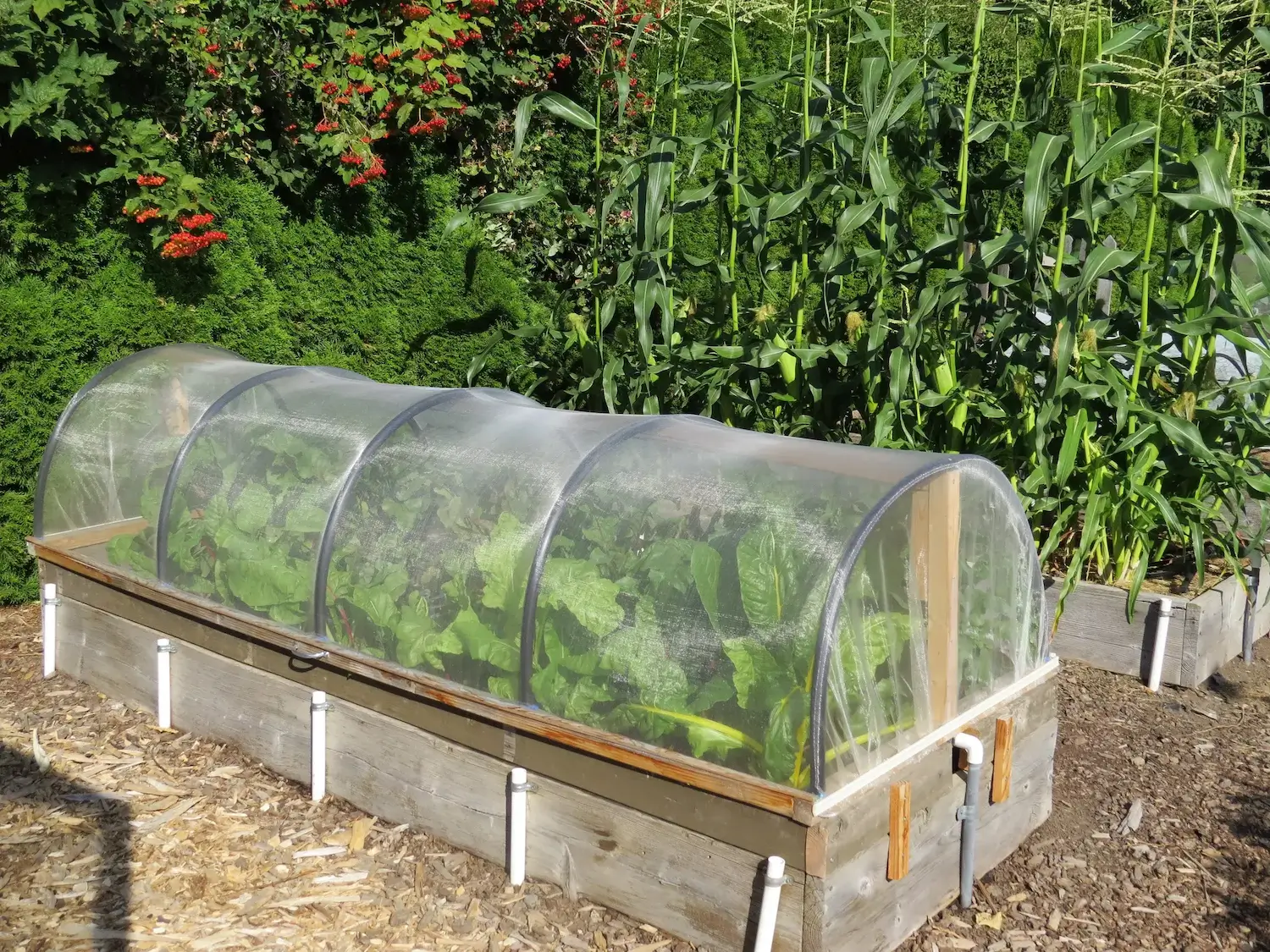
Pest Identification & Prevention
Victor Miller
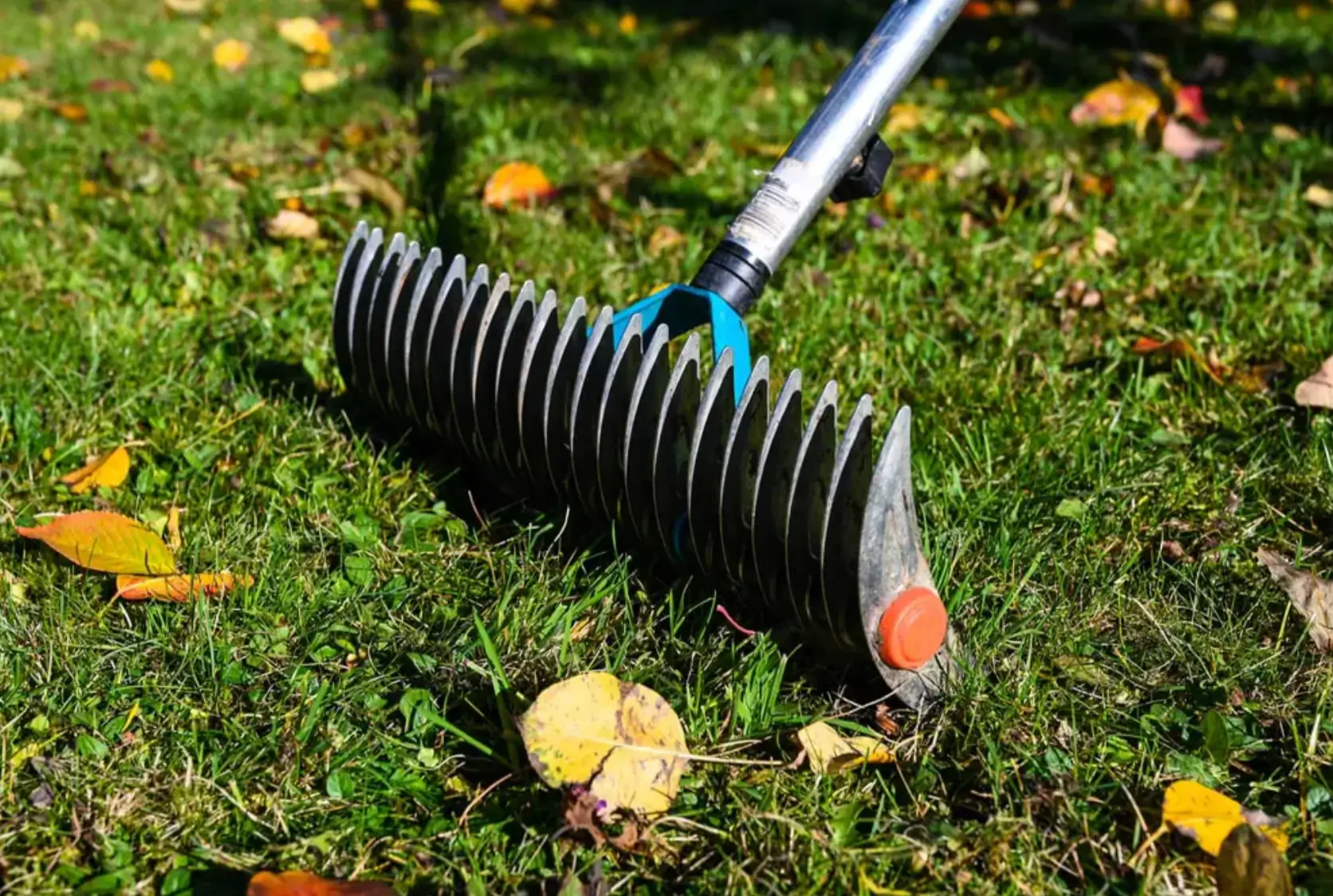
Lawn Care Tips & Maintenance
Victor Miller
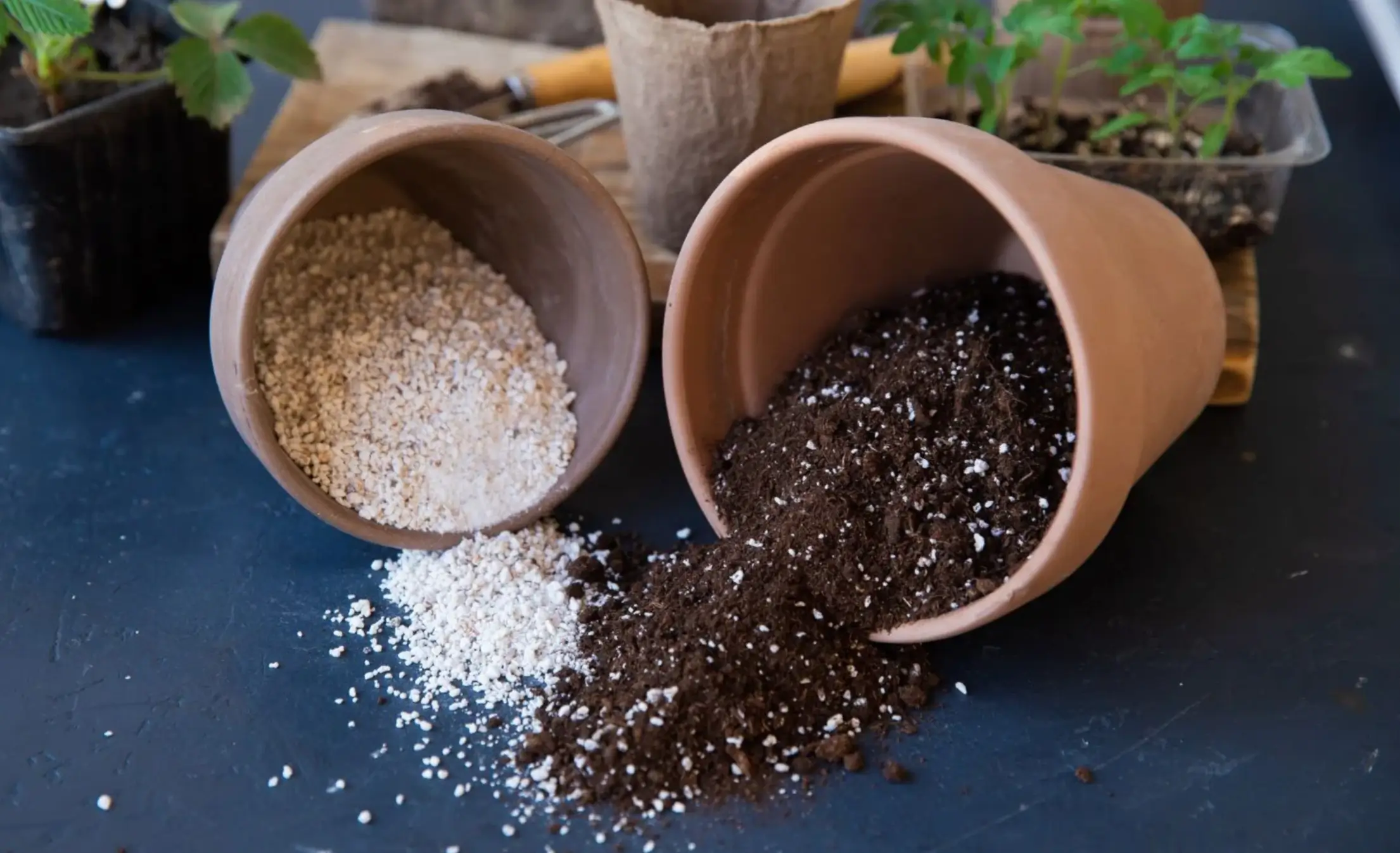
Soil Health & Fertilization
Victor Miller

Smart Irrigation Systems
Victor Miller

Patios, Walkways & Driveways
Victor Miller
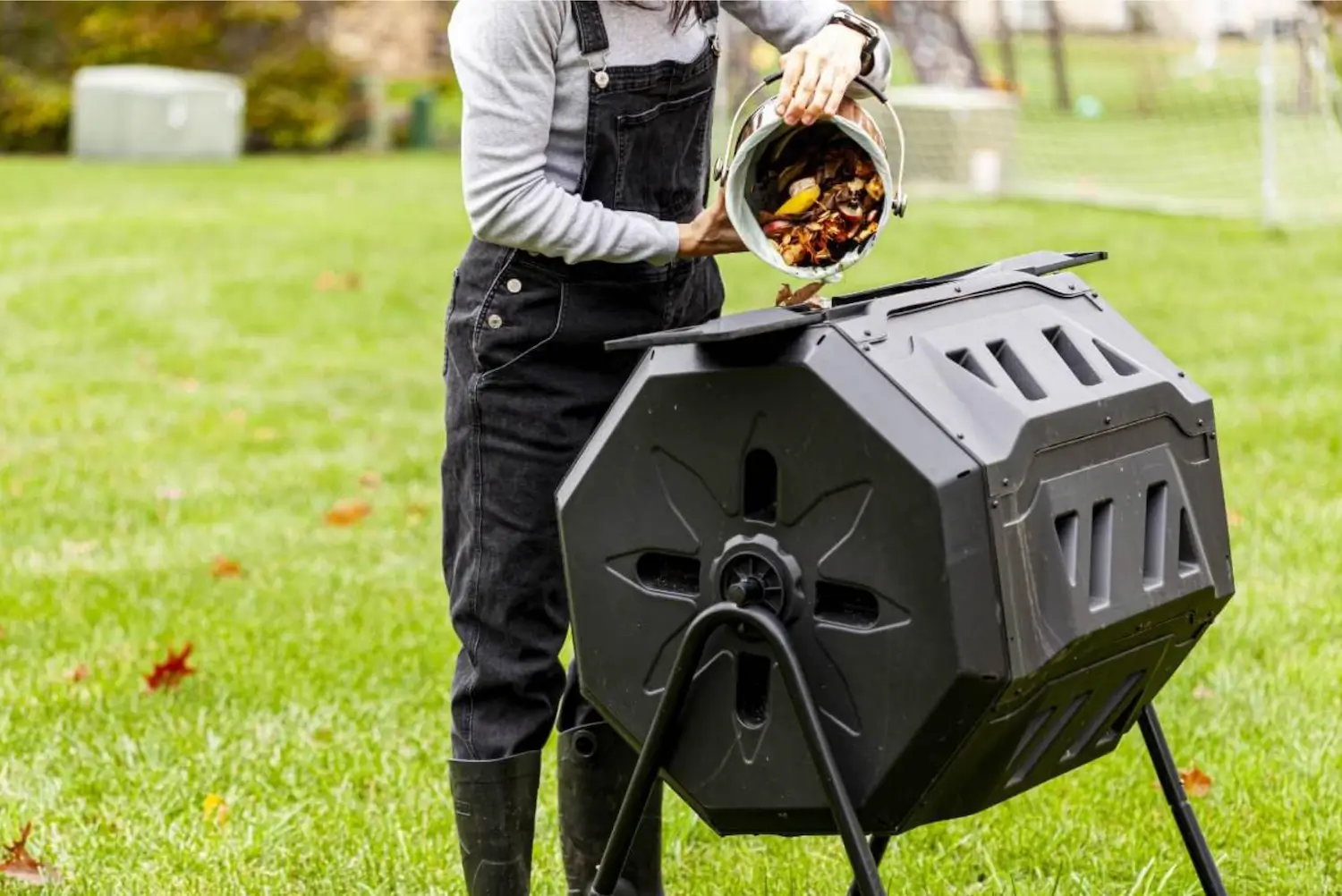
Soil Health & Fertilization
Victor Miller
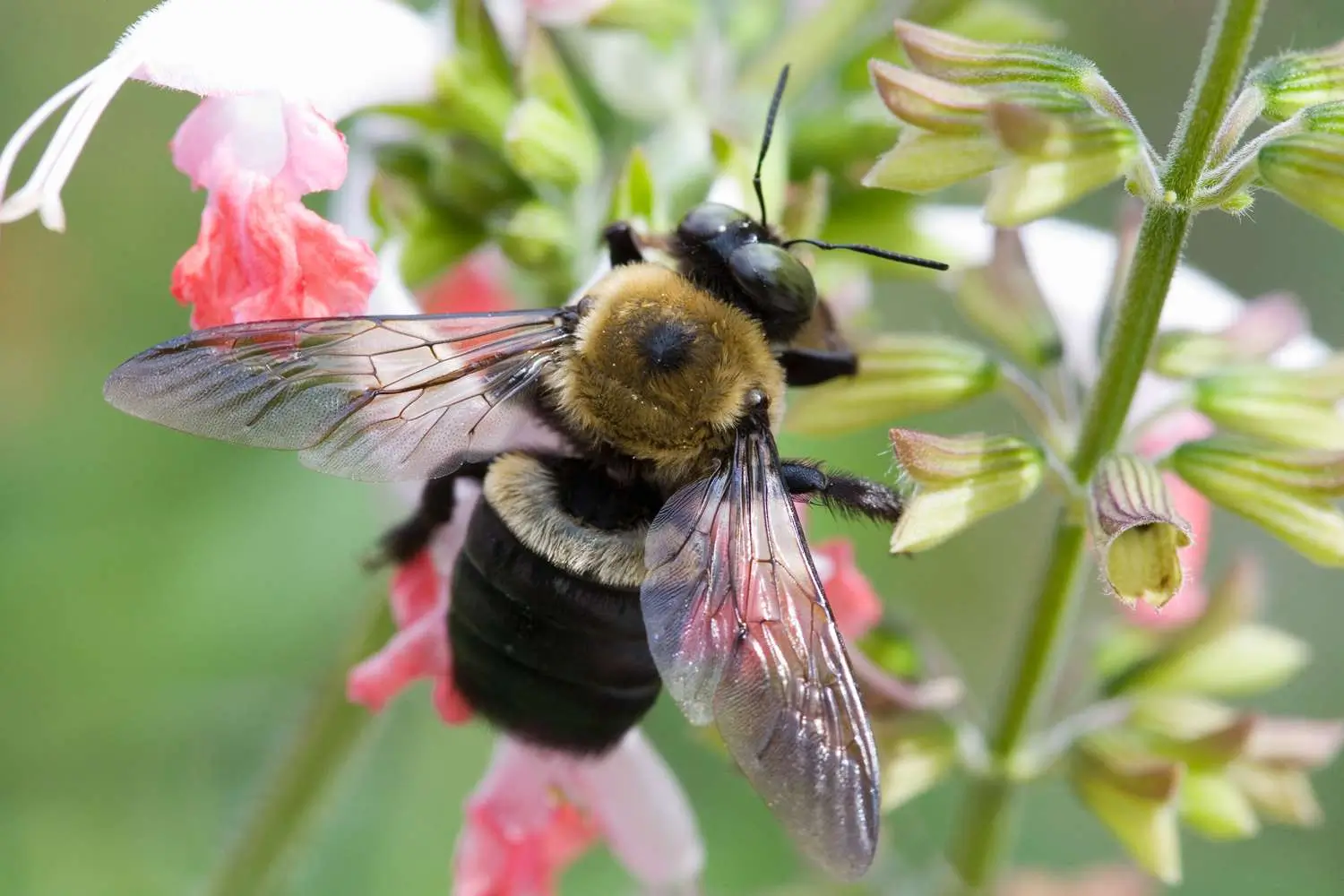
Pest Identification & Prevention
Victor Miller
My Account
Our team is always here to help.
We are open Monday - Friday, 9:00 AM to 4:30 PM PST.